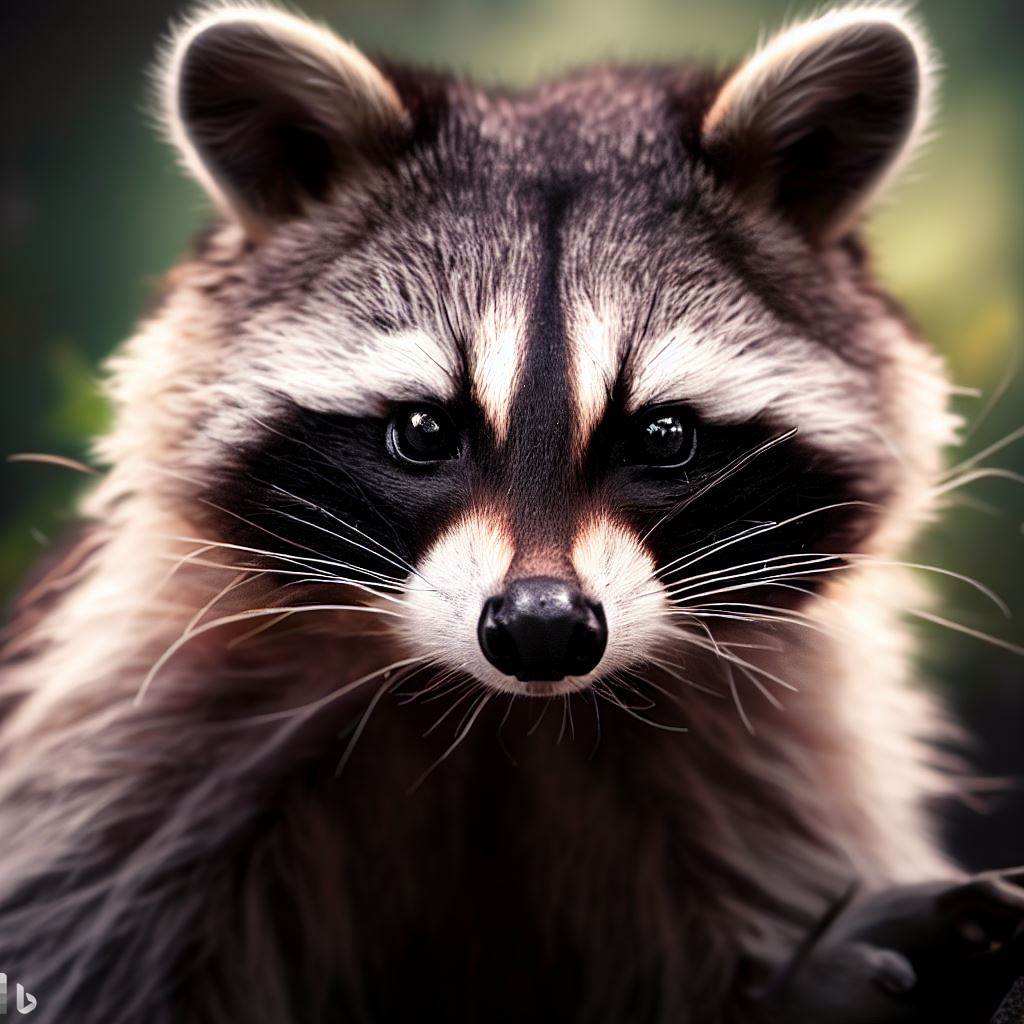
ECO-FRIENDLY PEST CONTROL INC.
Sun - Thur: 8AM - 8PM

Sun - Thur: 8AM - 8PM

Raccoons (Procyon lotor) are intelligent and adaptable mammals known for their distinctive masked faces and ringed tails. Found across North America, including urban and suburban areas, these creatures have successfully adapted to various environments. In this article, we will delve into the fascinating life and habits of raccoons.
1. Physical Characteristics: Raccoons have a stocky build with a bushy tail that typically has alternating light and dark rings. They possess dexterous front paws with long, sharp claws, which enable them to manipulate objects and open containers. Their fur is dense, providing insulation in both cold and warm climates.
2. Habitat and Range: Raccoons are highly adaptable and can be found in diverse habitats such as forests, wetlands, farmlands, and urban areas. They are native to North America and have also been introduced to other parts of the world. Raccoons have a wide range, from southern Canada to Central America.
3. Nocturnal Behavior: Raccoons are primarily nocturnal creatures, meaning they are most active during the night. They have excellent night vision and rely on their keen senses of smell and touch to navigate their surroundings. During daylight hours, raccoons typically seek shelter in dens, trees, or other secluded areas.
4. Diet and Feeding Habits: Raccoons are opportunistic omnivores, meaning they have a varied diet. Their diet primarily consists of fruits, nuts, berries, insects, small mammals, bird eggs, amphibians, fish, and even human food waste. They are known for their ability to raid trash cans and are often attracted to human settlements due to the availability of food sources.
5. Reproduction and Life Cycle: Raccoons have a breeding season that typically occurs in late winter or early spring. After a gestation period of around 63 days, female raccoons give birth to a litter of two to five kits. The kits are born blind and helpless, relying on their mother for care and protection. They gradually become more independent and venture out of the den after several weeks.
6. Social Behavior: While raccoons are primarily solitary animals, they can exhibit social behavior, especially during the mating season and when raising their young. Female raccoons may form maternal groups, sharing denning sites and occasionally helping each other care for their kits. Male raccoons are generally more solitary and territorial.
7. Adaptability and Intelligence: Raccoons are highly adaptable and have shown remarkable intelligence. They are known for their problem-solving skills and ability to learn from their experiences. Raccoons can manipulate objects, open latches, and even solve simple puzzles. This adaptability and intelligence contribute to their ability to thrive in diverse environments.
8. Human Interactions and Pest Concerns: Raccoons have become well-acquainted with human settlements, often seeking food and shelter in residential areas. While they can be considered a nuisance, they also play a role in natural pest control by consuming insects and rodents. However, raccoons can cause damage to property, create messes, and potentially transmit diseases, making their presence unwanted in certain situations.
9. Conservation and Management: Raccoons are not considered endangered or threatened. However, responsible management and control measures are sometimes necessary to mitigate conflicts between raccoons and humans. It is important to implement proper waste management practices, secure trash cans, and seal potential entry points to prevent raccoon intrusion into homes and buildings.
Understanding the life and habits of raccoons can help us coexist with these fascinating creatures more harmoniously. By adopting effective management strategies and respecting their natural behaviors, we can minimize conflicts and appreciate the ecological role that raccoons play in our environment.